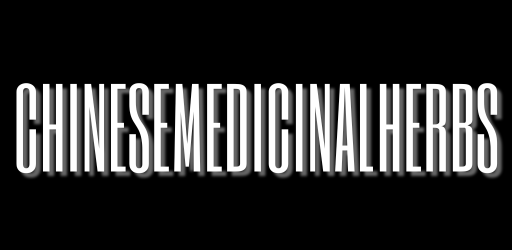Safflower

Safflower (Hong Hua): A Blood-Invigorating Herb for Pain, Stasis, and Menstrual Regulation
Introduction
Safflower, known as Hong Hua (红花) in Traditional Chinese Medicine (TCM), is a warm and invigorating herb prized for its ability to move blood, relieve pain, and regulate menstruation. Bright red and slightly aromatic, it is often used to treat blood stasis conditions, including menstrual irregularities, traumatic injury, and chest pain. Its gentle yet effective action makes it suitable for both acute and chronic blood stagnation.
What Is Safflower?
Hong Hua is the dried flower of Carthamus tinctorius, a thistle-like plant cultivated throughout China and Central Asia. In TCM, it is classified as acrid and warm, and it enters the Heart and Liver meridians. Traditionally, safflower is used to invigorate blood, dispel stasis, and relieve pain. It is often used in combination with other blood-moving herbs like Tao Ren, Dang Gui, or Chuan Xiong for enhanced circulation and pain relief.
Health Benefits of Safflower
Invigorates Blood and Dispels Stasis
Used for trauma, bruising, chronic pain, or blood clots caused by stagnant circulation.
Regulates Menstruation and Eases Cramps
Helpful for irregular periods, amenorrhea, or painful menstruation due to blood stasis.
Relieves Pain from Injury or Inflammation
Commonly used for joint, chest, or abdominal pain resulting from trauma or stagnation.
Promotes Heart and Uterine Blood Flow
Improves blood circulation in the chest and uterus, helping relieve congestion and tension.
Mild Enough for Long-Term Use When Properly Balanced
In small doses, can be used preventively for those with a tendency toward blood stagnation.
How to Use Safflower
In Decoctions for Pain or Menstrual Support
Use 3–9 grams with herbs like Tao Ren, Dang Gui, or Yi Mu Cao. Simmer for 15–20 minutes at the end of the decoction to preserve potency.
In External Plasters or Liniments
Infused into oils or salves for bruises, sprains, or post-operative swelling.
In Capsule or Granule Form
Available in pain relief and gynecological formulas, especially for chronic or recurring stasis.
Where to Buy Safflower
You can find Hong Hua at the following places:
- Chinese herbal medicine shops
- Women’s health and pain-relief apothecaries
- Online retailers such as iHerb, Amazon, or TCM specialty sites
Look for:
- Vivid red dried petals with a light floral scent
- Sulfur-free and organically grown varieties when available
- Properly stored and free from mold or excess moisture
Are There Any Side Effects?
Safflower is generally safe in proper doses. However, it is contraindicated during pregnancy due to its blood-invigorating and potentially abortifacient effects. Overuse can cause excessive menstrual bleeding or dizziness. Always use under practitioner guidance if you have bleeding disorders or are on anticoagulants.
Conclusion
Safflower, or Hong Hua, is a vital blood-activating herb in TCM that promotes circulation, eases pain, and supports women’s reproductive health. Whether used for trauma, menstrual issues, or chronic stagnation, this warming and dispersing flower helps restore smooth and healthy blood flow.
FAQs
Can I take safflower every day?
Not usually. It is best used during menstruation, after injury, or in cycles for chronic pain or stasis, under guidance.
What does safflower taste like?
It has a slightly bitter, acrid, and floral flavor.
Is safflower safe for children?
Generally not used for children unless in trauma formulas, and only under professional supervision.

